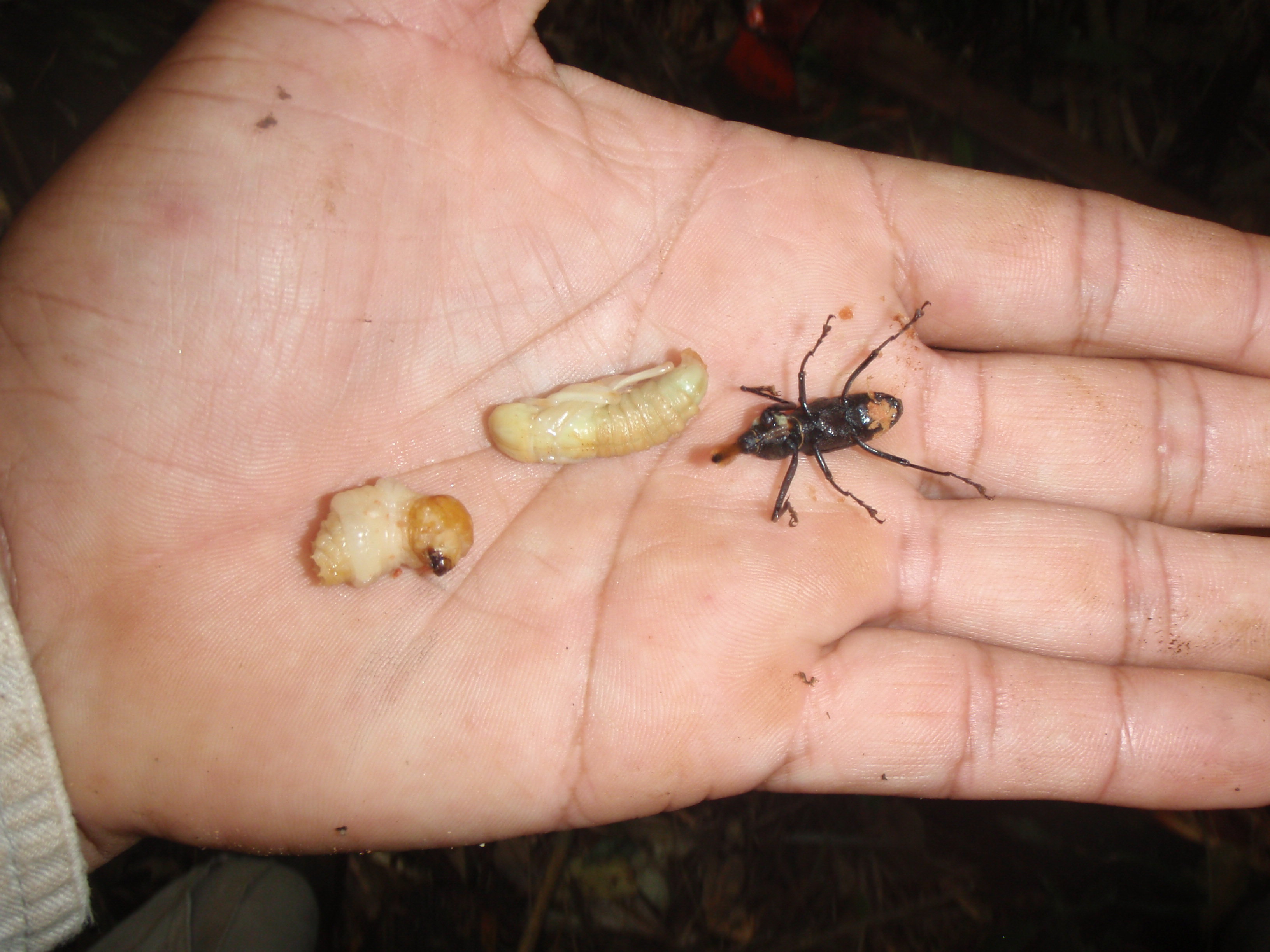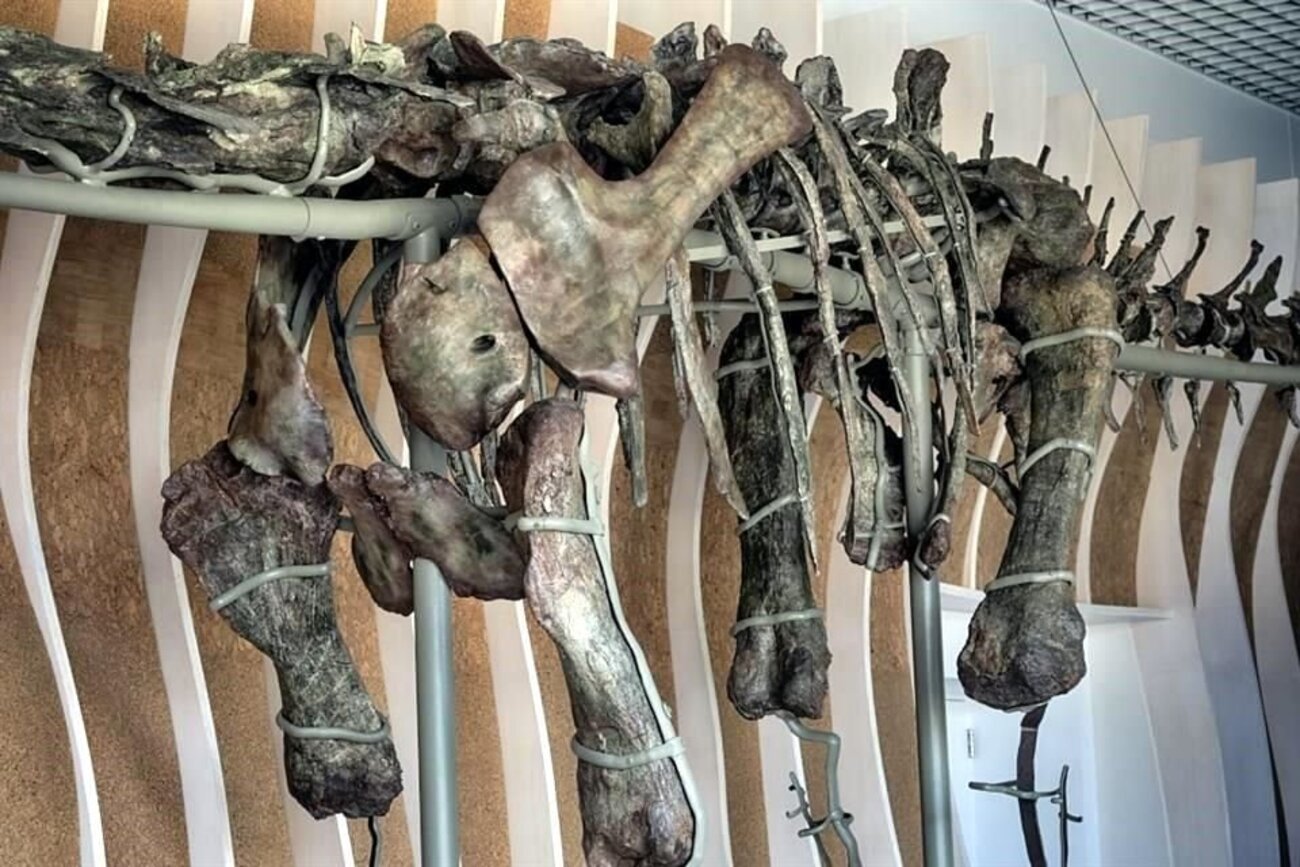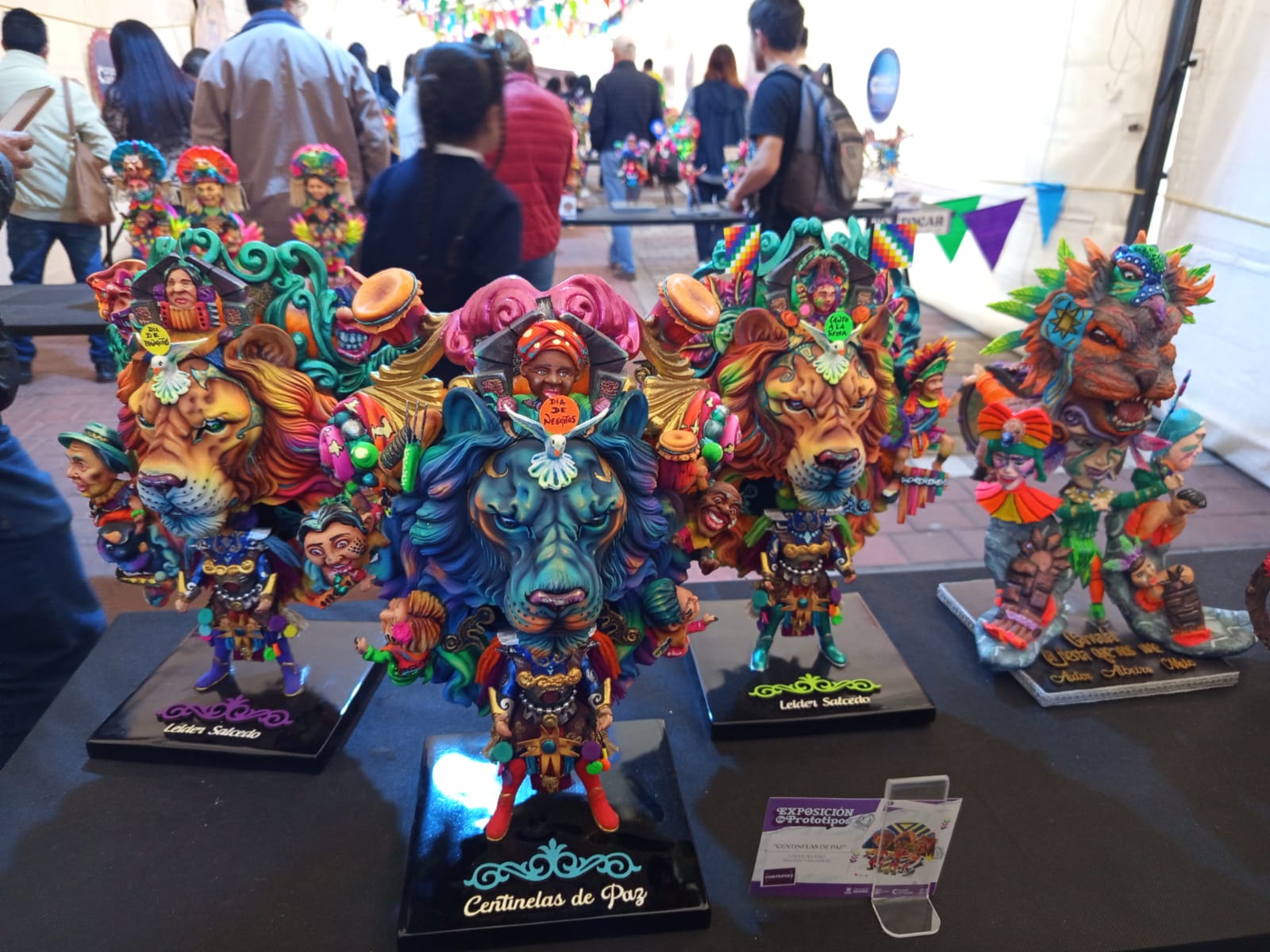
Nutritious and curative insects are natural allies of Argentina Indians
Despite the almost instantaneous rejection among most Argentines of the idea of eating insects, there are Guarani Indian communities living in the northern part of the country where it is an ancestral and spiritual practice to cultivate insect larvae as part of the local diet and for their curative properties.
The link uniting one of South America's oldest indigenous populations, present as a coherent community for more than 2,000 years, with the natural environment led them to discover the beneficial aspects of using certain insects for medicinal purposes and eating them when the mammals they ate began to become scarcer.
Small West Indian cane weevil - Metamasius hemipterus - larvae help round out the Guaranis' diet. They are eaten by elderly members of the community when their teeth or jaws can no longer handle the tougher flesh of game, and they help heal the delicate scars on the navels of newborns and clean out internal organs, among other uses.
"They have very broad benefits. They internally purify the blood, the bladder ... Ancestral wisdom not only consists of healing with medicine but also comes from heaven," Santiago Martinez, a member of the Yasi Pora Guarani community, told EFE.
He made his statement about the day-to-day uses of insects as matter-of-factly as if he were discussing going to the grocery store in the town of Puerto Iguazu, in Argentina's northern Misiones province, to buy pasta and rice.
The process is not as simple as it might seem. First, the eggs must be deposited onto the leaves of a specific palm that grows in northeastern Argentina and then they must remain there for one or two months before the hatched larvae are ready to consume.
"In the old days, they roasted them on the coals because they didn't have the tools to cook them, or ... they cut off a branch and used it like a kebab. Now, they fry them in their own oil," said Martinez, who described how the larvae melt away in one's fingers if they're not put into the mouth quickly enough.
CONTENIDO RELACIONADO
It's the fat that the insects secrete that makes them useful, since they can be used for domestic tasks, such as removing lice from the scalp and treating adolescent acne.
So useful are the larvae for the tribe that Argentine scientists have come to Misiones to study how the Indians cultivate, cook and otherwise prepare them.
Jorge Araujo, the main author of a study by the Conicet scientific research council, told EFE that the Indians "have other ways of life than ours and use products from Western society, but they are also very immersed in their subsistence practices."
Despite admitting that the larvae are very "tasty," Araujo also said that - in contrast to some areas in Asia where the consumption of insects is industrialized - in Argentina, the culture revolves around "consuming beef ... (and) this practice is not favorably looked upon."
Martinez said that "We're reshaping ancestral practices and our lifestyle into a new way of living, but that doesn't mean losing our traditions. We always have that in our soul and our spirit."










DEJE UN COMENTARIO:
¡Únete a la discusión! Deja un comentario.